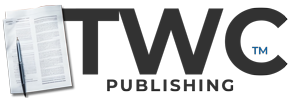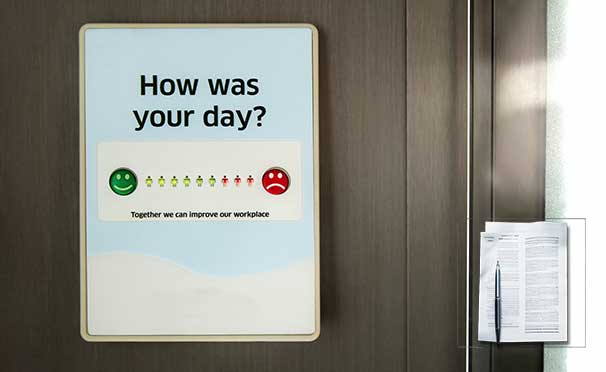Navigating Burnout: Sustaining Morale at OptimaCorp
No Fee
| Case ID: | OB-OC-20230726-1-V1 |
|---|---|
| License: | CC BY-NC-SA 4.0 |
| Pages | 3 pgs |
| Case Study Analysis | Not Included |
| Teaching Notes | Not Included |
| Ai Level | Content co-authored with the OpenAI API |
| Category(s) | Organizational Behavior: 10/10 |
This case study examines OptimaCorp, a multinational tech firm grappling with a rising issue of employee burnout, particularly within its mid-level management. The escalating situation has triggered an unprecedented surge in resignations and a significant decline in productivity and job satisfaction. The case presents a compelling look at OptimaCorp’s journey from recognizing this critical problem to exploring potential strategies to curb burnout, underlining the complex dynamics of organizational behavior and management. It throws light on the importance of balancing performance metrics with employee well-being in a demanding corporate landscape.
Case Discipline Ratings:
- Organizational Behavior: 10/10 - The case directly addresses issues related to organizational behavior, such as burnout, job satisfaction, and attrition. It also delves into how the management is handling these issues.
- Human Resource Management: 9/10 - The case hinges on a human resources issue (employee burnout) and also discusses the HR's response to the problem, making it an apt case for this discipline.
- Strategy: 7/10 - The case revolves around the need for OptimaCorp to devise a strategic plan to combat employee burnout and maintain productivity, thereby having significant relevance to the Strategy discipline.
- General Management: 7/10 - The scenario involves broader managerial considerations, such as ensuring employee well-being, maintaining productivity, and preventing attrition.
- Ethics: 6/10 - Although not explicitly mentioned, the case presents an ethical dimension related to employee treatment and well-being, and the company's responsibilities toward its employees.
Weaknesses of this Case Structure:
- Specificity of Data: While the case gives percentages for attrition and dissatisfaction, it does not provide raw data or a timeline of these problems, making it difficult to assess the scale and progression of the issue.
- Lack of Stakeholder Perspectives: The case provides the perspective of the Chief HR Officer, but other viewpoints, such as those of the employees, managers, or an industry analyst, are missing. These perspectives could enrich the case's complexity and depth.
- Unexplored Solutions: The case mentions strategies suggested by the independent consultancy but does not delve into the feasibility, cost, or potential impact of these solutions, missing out on crucial decision-making aspects.
- Missing Competitive Context: The case doesn't include information about how competitors handle similar issues, which could add a useful dimension to the discussion.
Strengths of this Case Structure:
- Real-World Relevance: The case addresses the timely and critical issue of employee burnout, making it relevant and engaging for students or professionals studying management or organizational behavior.
- Interdisciplinary Appeal: The case is not limited to one specific discipline but touches upon several - Organizational Behavior, Human Resource Management, Strategy, and Ethics - fostering cross-disciplinary learning.
- Decision-making Focus: The case's structure leads to a clear decision-making point (i.e., which strategies to adopt to combat burnout), allowing for engaging discussions or analyses.
- Organizational Culture Implications: The case highlights the implications of the burnout issue for the company's culture, performance, and reputation, broadening the scope for discussions beyond immediate problem-solving.





